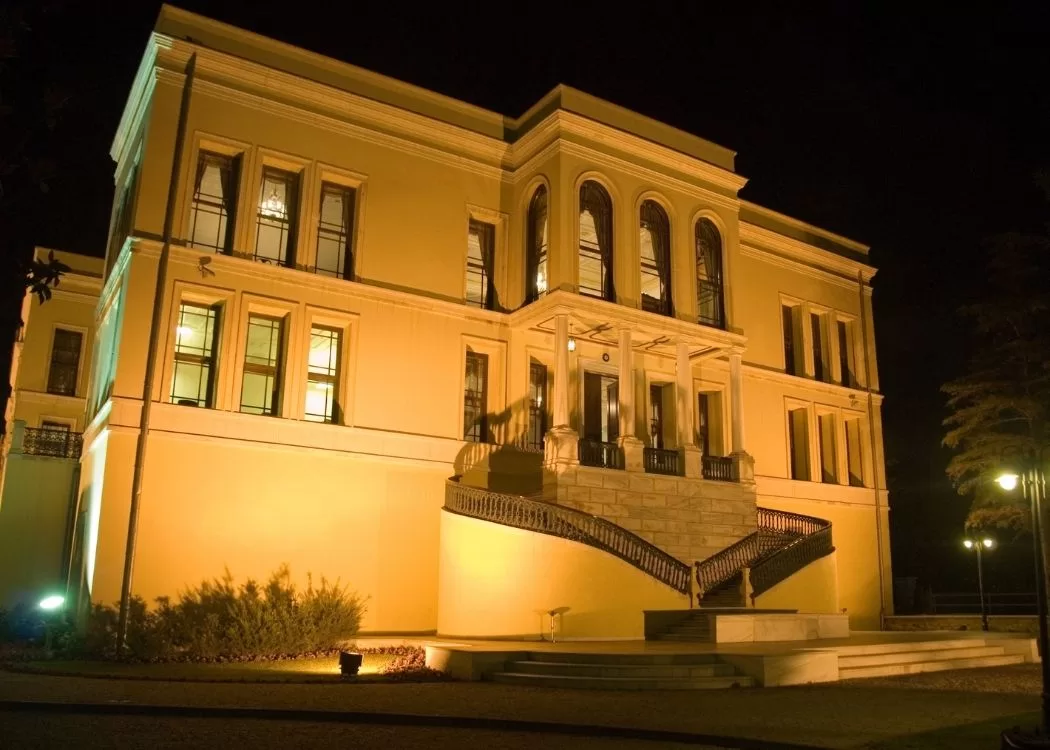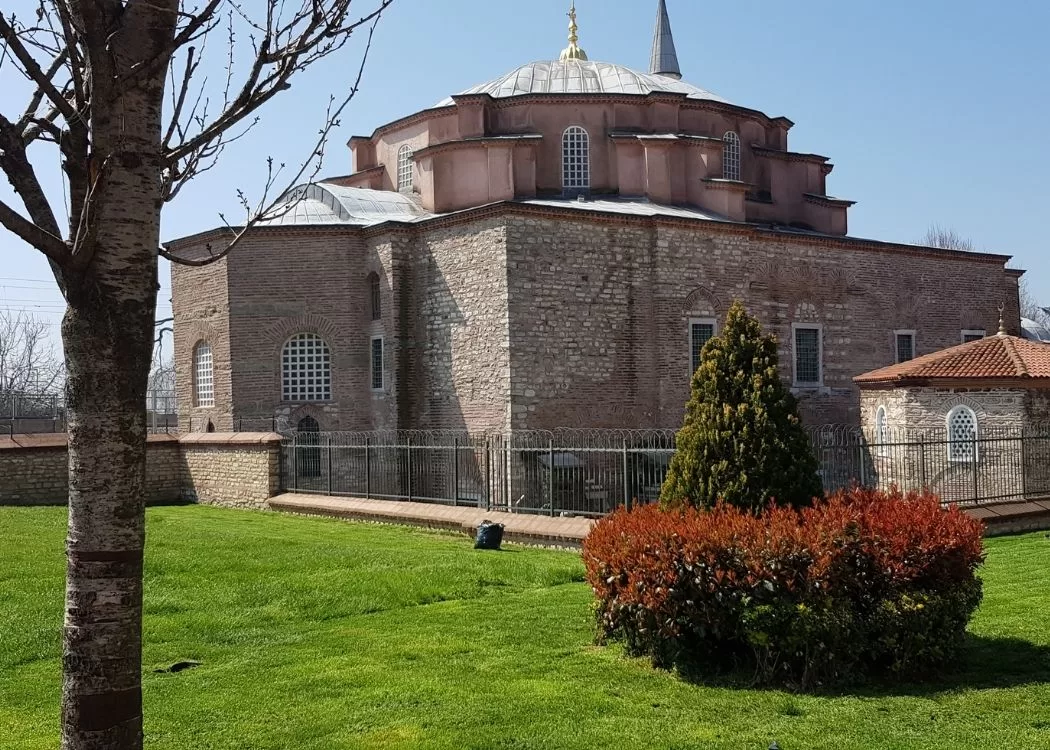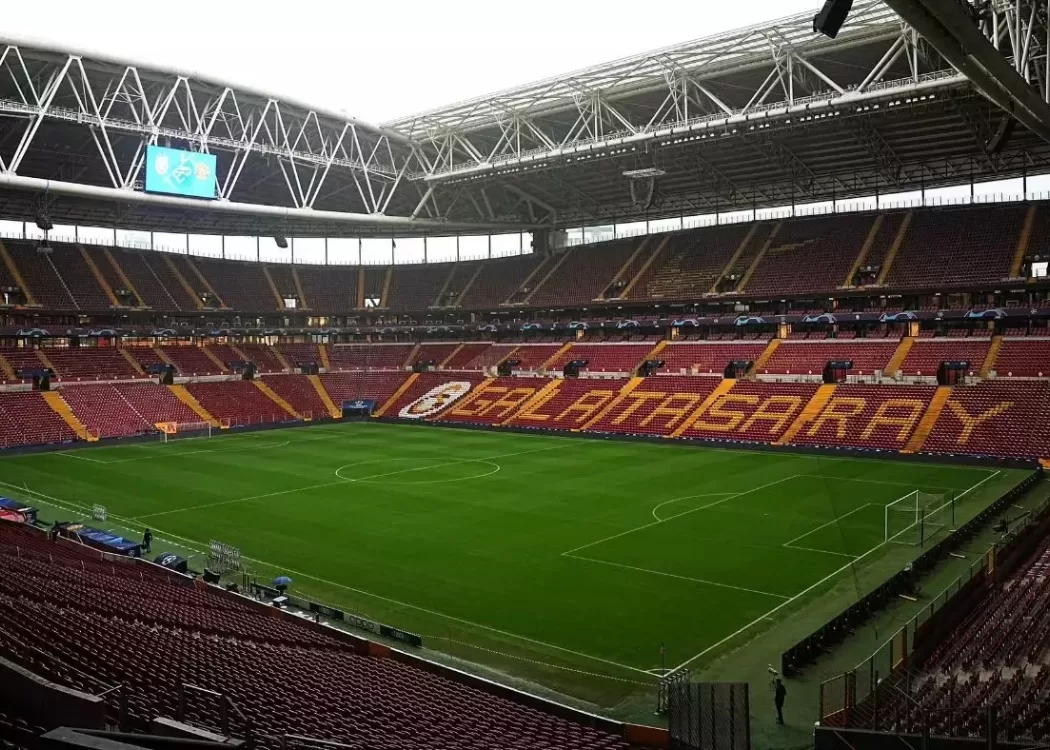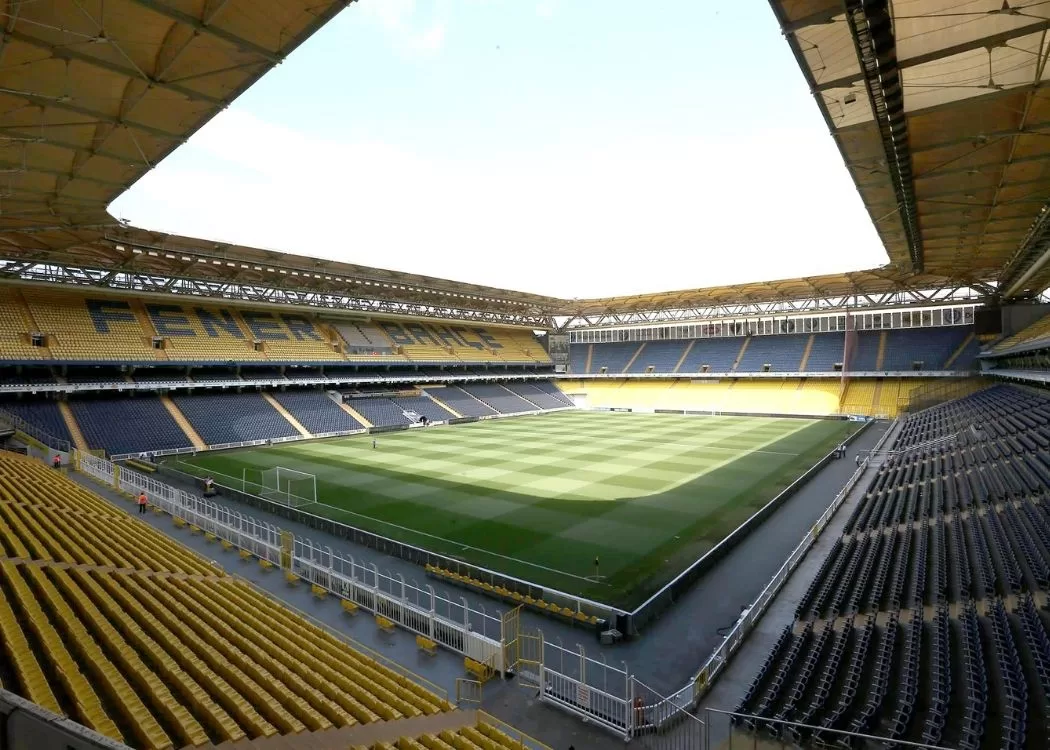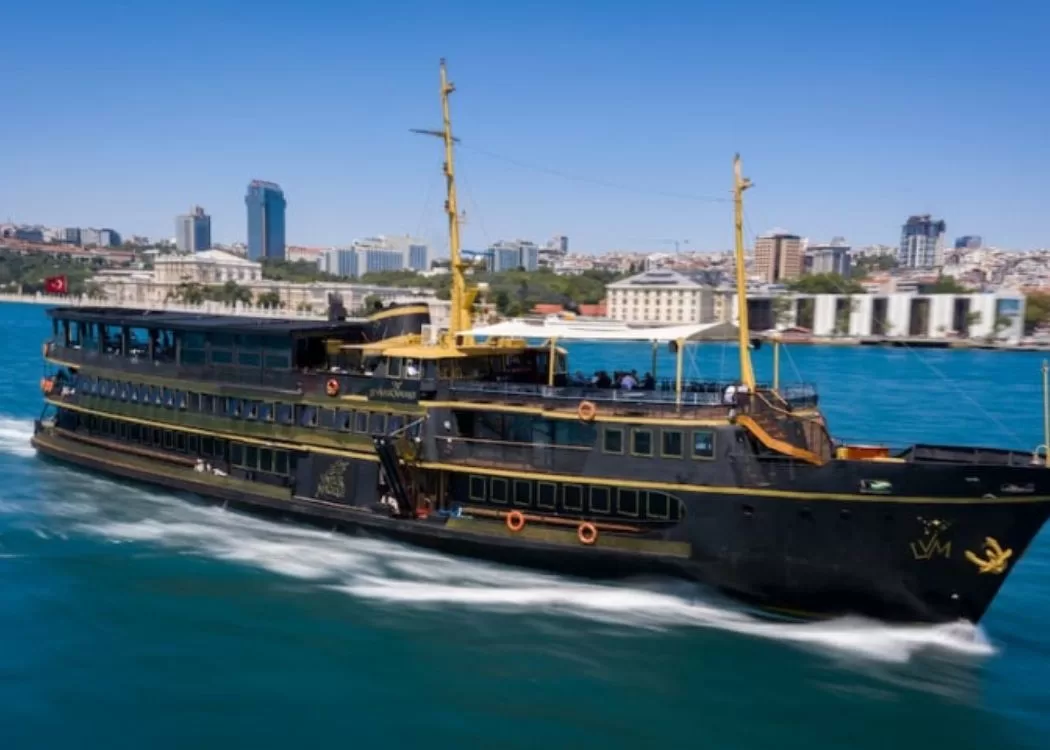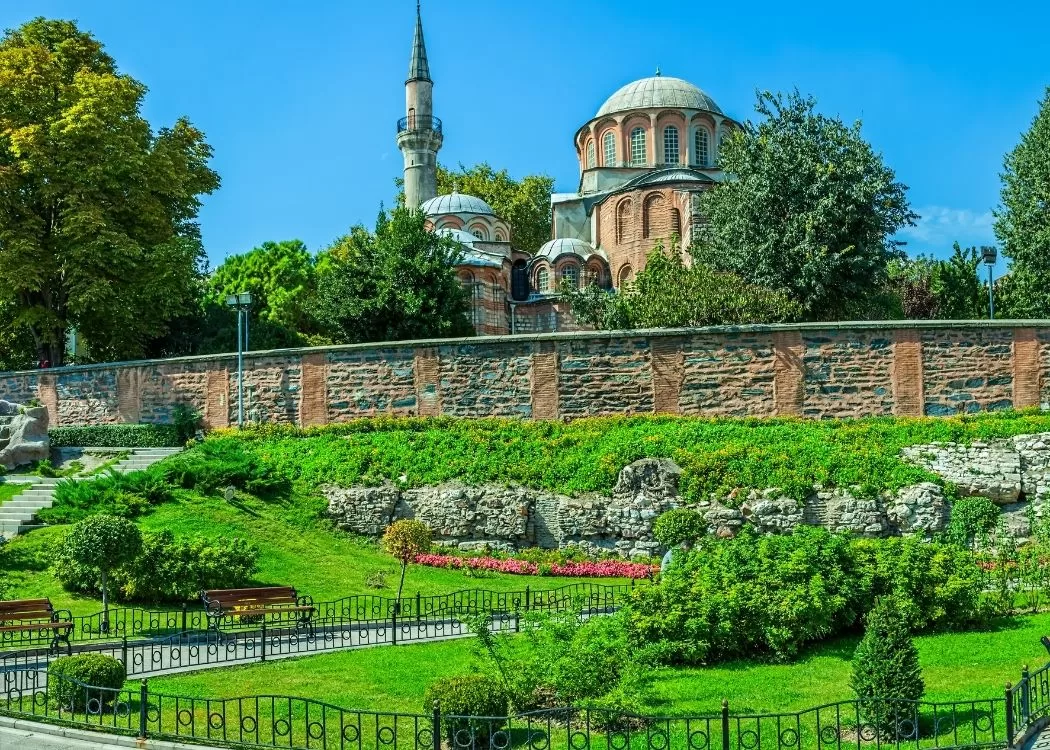
Chora Mosque
The Church of St. Savior in Chora is famous for its well-preserved mosaics and frescoes. These structures present the last examples of art of the Eastern Roman period. The depth in the mosaics and the mobility in the figures are of great artistic importance in the late Middle Ages and show the first signs of the Renaissance.
The name “Kariye” is derived from the ancient Greek word “Chora”; This word means country or field. The church was given this name because it was located outside the walls of Constantinople. In the mosaics inside the church, the word Khora appears next to Jesus and Mary, which shows that it has a mystical meaning.
Chora Church was first built as part of a monastery complex in the early 4th century. A major expansion and renovation was carried out in the 5th century, during the reign of Emperor Justinian. However, repairs and additions over time have significantly changed the original structure. The present-day building has a 14th-century ciborium architectural plan.
